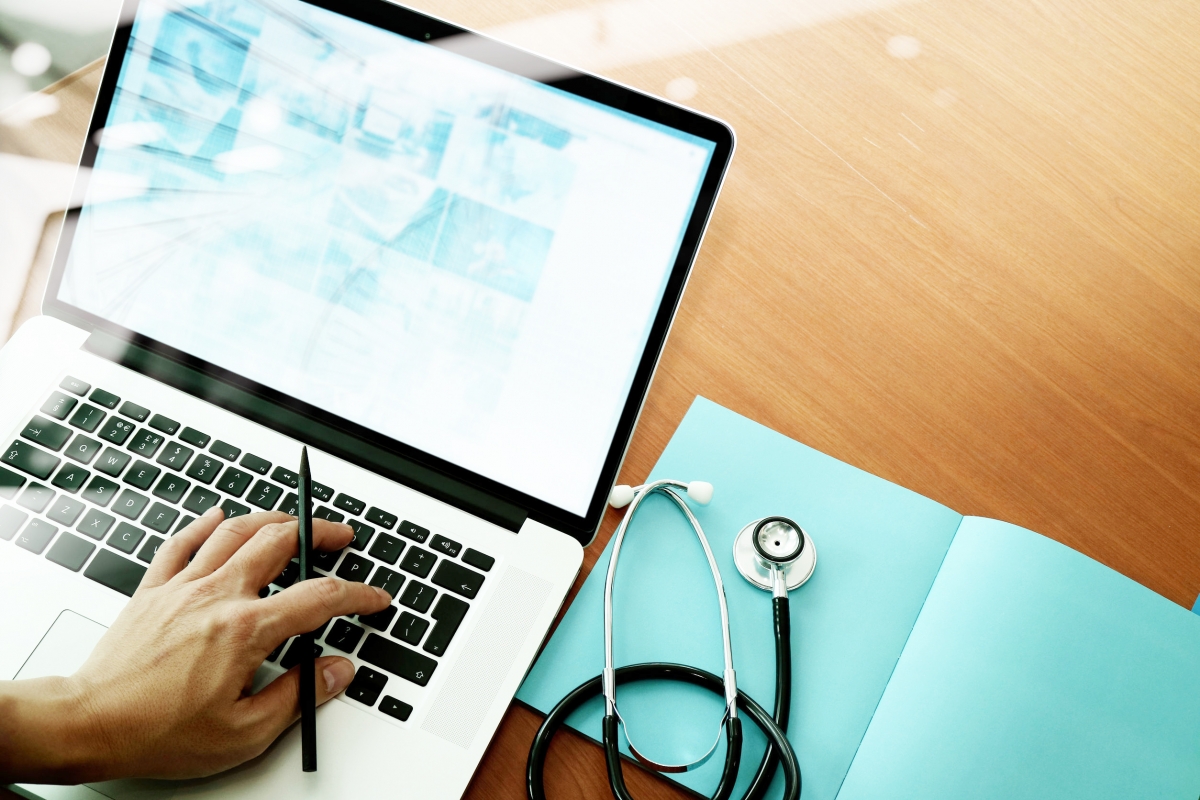The Resurgence of the Modern Day House Call

In the early 1950s, doctors would often visit a patient's home to care for them when they were too ill to travel. And, while many would have you believe the option to have a house call is extinct, doctors from all over the United States can argue otherwise.
The adoption of telemedicine is not as widespread as it could be, but it is one of the fastest growing ways to access medical care. Early adoption began with the millenial generation, but has seen exponential use among other generations. Researchers believe it's a key to reducing healthcare costs, improving patient outcomes, and helping to maintain a patient’s health. But, for the general population, it's an easy, convenient, and safe way to access medical care for common symptoms.
I can remember my first experience with telemedicine as clear as day. I was vacationing in California with my son, who at the time, was a little over a year old. I woke up, and he was covered in a rash from head to toe. But, he wasn't itchy and didn’t seem to have any care about it. Being a first time mom, I was concerned, and the nearest hospital was in a part of town I wasn't familiar with. So I tried telemedicine. The doctor that I spoke to over video chat on my smartphone was kind and thorough. She asked me about his health and told me to perform a couple of skin checks on him. The doctor then asked me if he recently had any immunizations, specifically the MMR shot. I told her yes, about six weeks ago. The diagnosis was clear at the time; he had a non-life threatening reaction to the shot. The doctor said it would clear up in a day or so, and if there were any fevers, etc. to immediately go to the Emergency Room. Not only did telemedicine give me an immediate piece of mind, but it also saved on unnecessary out-of-pocket costs. Within 48-hours his rash cleared up.
Despite the rise in popularity, some consumers are alarmed at the idea of telemedicine. The ability to video chat with a doctor that you have already established an in-office relationship with is okay, but using a service such as telemedicine could be potentially dangerous if you have an underlying medical condition they are not aware of because you haven’t established a relationship in the office with a doctor.
"The fear that many people have before using telemedicine comes down to two factors," said Dr. Warren Volker. "The first is if it is a safe and secure way to be seen, and for common symptoms it is. Through a video appointment providers can look at any skin issues, see if your glands are swollen, look in the back of your throat, and based on symptoms can help you get on the path to feeling better."
"The second is if the lack of familiarity between patient and provider will be an issue," Dr. Volker continued. "Having a telemedicine visit isn’t much different than seeing a provider at a quick care, using a retail clinic, or seeing your doctor's nurse practitioner. You still have to fill out a health history before being seen, and since they are medically trained, they will ask you the same questions as someone in the office. The only difference is that you may be at home, in your office, or at a break room table when they do."
The landscape of healthcare has changed immensely since the days of a traditional house call. Due in part to the millennial generation (individuals born between 1984-2000), healthcare is shaping rapidly into an ever-growing technological world of medicine. Between health and wellbeing mobile apps, health management push notifications, blogs, and now the ability to see a doctor on your mobile device when it’s convenient for you. This makes the modern-day house call continue to evolve throughout the healthcare spectrum.
